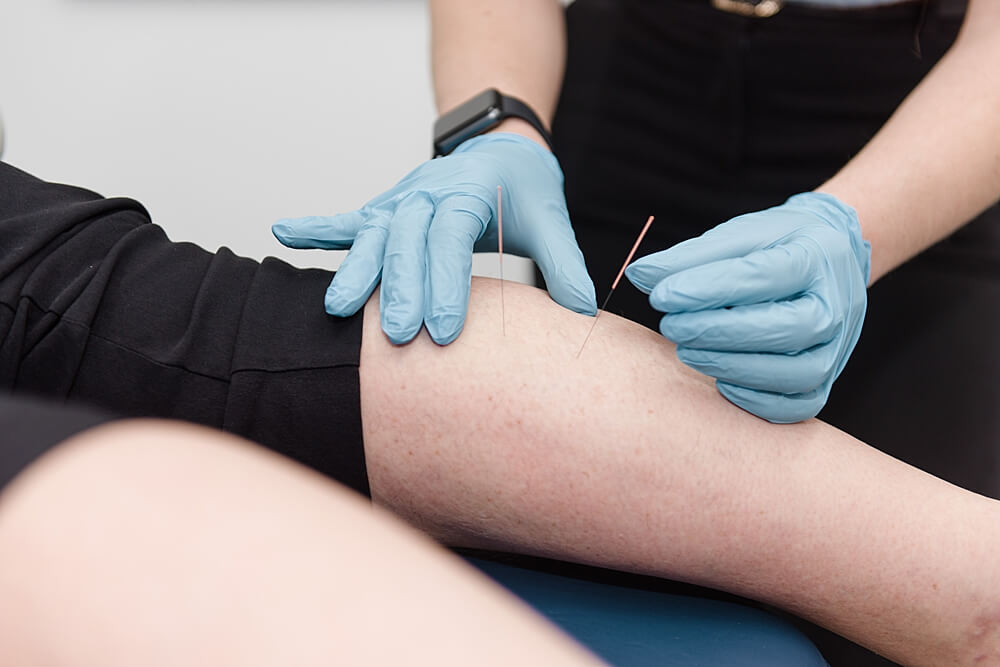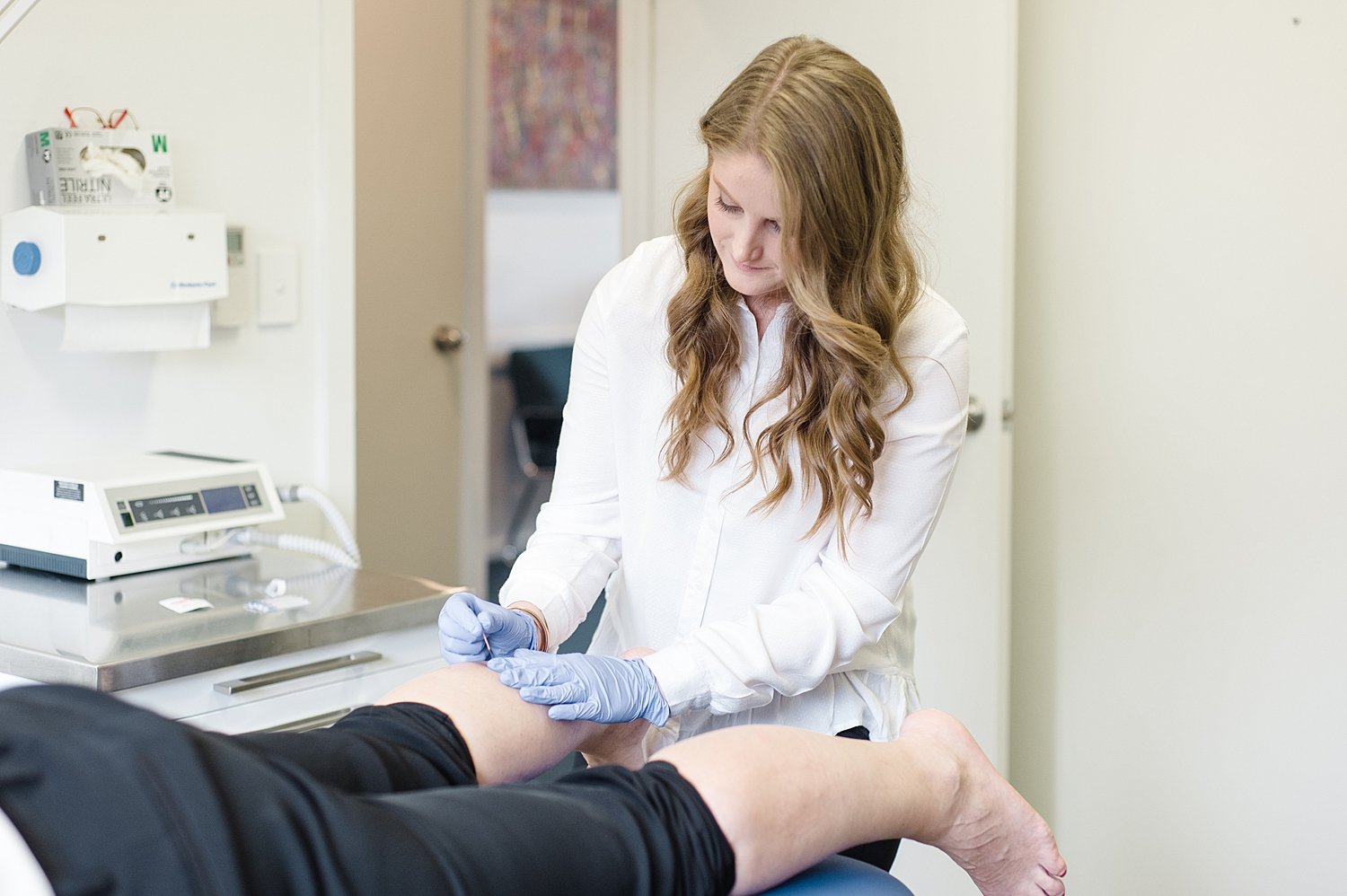Dry Needling
What is Dry Needling?
Dry needling can effectively treat muscle tightness, shin splints, heel pain, hamstring injuries and other sporting injuries. Dry needling is strictly based on Western medicine principles and research and is increasingly used to manage musculoskeletal and sports injuries. Dry needling is a safe form of acupuncture that qualified podiatrists can only perform with expert training.

Is the procedure painful?
Are the needles sterile?
What side effects can I expect after the treatment?
What should I do after dry needling treatment?
How long does it take for the Dry needling to be effective?
I am not comfortable with needles. Do I have to have Dry Needling?

Always Consult A Trained Professional
The information in this resource is general in nature and is only intended to provide a summary of the subject matter covered. It is not a substitute for medical advice and you should always consult a trained professional practising in the area of medicine in relation to any injury or condition. You use or rely on information in this resource at your own risk and no party involved in the production of this resource accepts any responsibility for the information contained within it or your use of that information.
